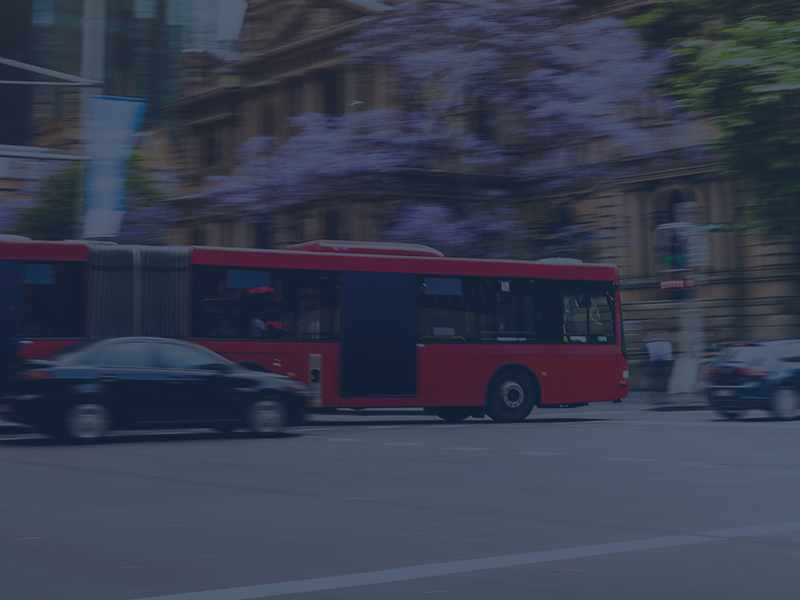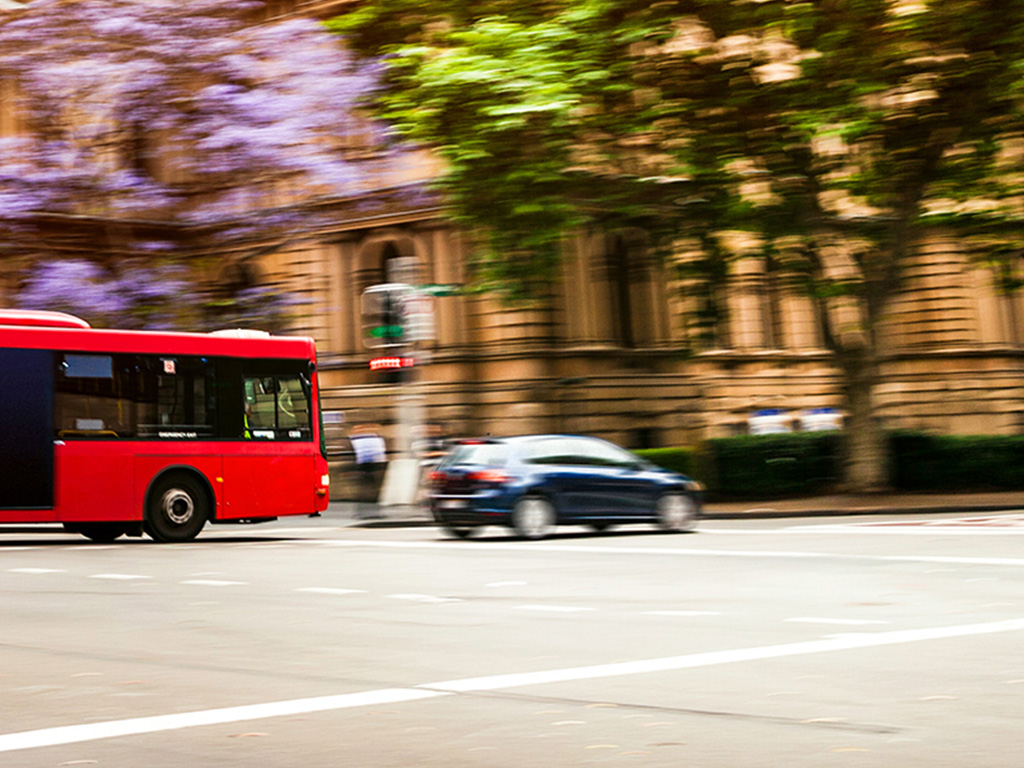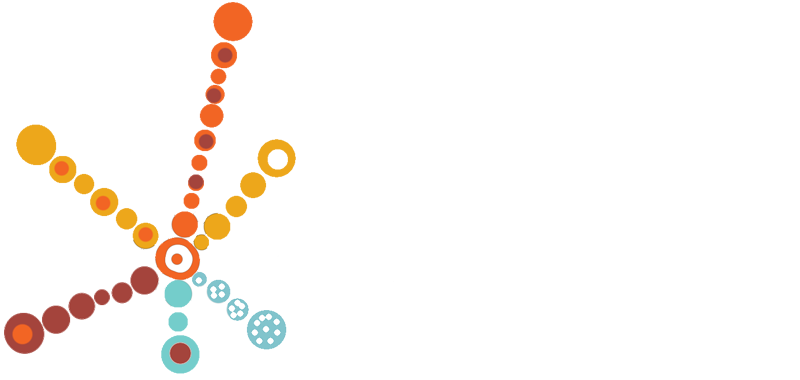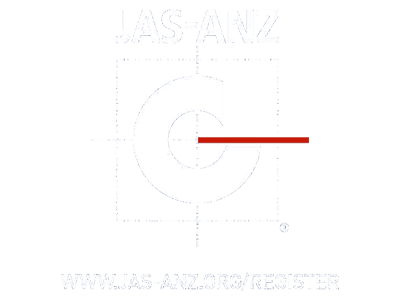Collaborated Transport Planning
Integrated, not segregated Transport Planning. No longer is it one transport mode versus another mode.
Sydney like other major cities can no longer argue the point of which mode is better than other modes in precincts, major business and residential centres.
In a growing city, our planners must focus on integration of all modes of transport to keep the city moving. Whether its heavy rail, light rail, buses or private motor vehicles, they are all essential modes to moving people around our cities.
Travel Options
Whilst rail is the big mover of people, it is rigid and requires other modes to arrive at heavy rail. Travel options are light rail, bus, private car, taxi, Uber, on demand bus, motorbike, push-bike, and walking.
All these modes are essential to local and long-distance travel. We need to accept that building more roads does not resolve our travel demand. Remember, the cheaper that airline travel has become, the more people fly. To meet our insatiable need to travel whether it’s for work or pleasure, requires our transport and travel options to complement each other, providing a link to our destination.
Economic & Population Growth
Whilst our economy and population grow, the most critical component to have the city continue to strive and function is to have adequate transport and travel options. Even though we are far more flexible in our work with mobile connectivity and people working from home, the volume of people travelling continues to grow.
Whilst Bradfield’s vision in designing the Sydney Harbour Bridge was to cater for growth for decades, other key road projects have been short sighted. Whilst the Sydney Metro, West and North Connex will assist in easing some of the current transport and travel demand we need to support the development of other transport projects to continue to move this city.
Technology and data are the keys to efficient and effective transport.
Technology entices people to mode shift to public transport because it provides visibility of travel options. Whether rail, light rail, road or other transport options, it must be considered in collaboration with other modes and not in isolation. When we plan, lets no longer look to eliminate an existing mode but redirect those resources to other regions.
Transport planning must be integrated with all transport modes.
If a new major roadway is earmarked for construction, then the public transport modes that operate on the roadway should influence the design to include various transport options.


